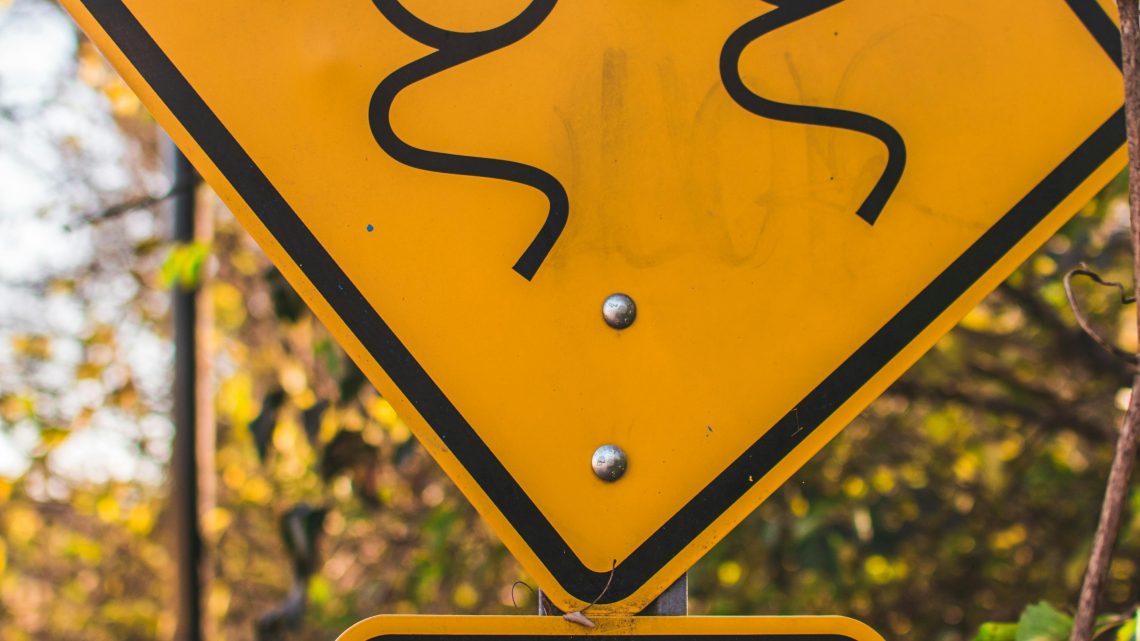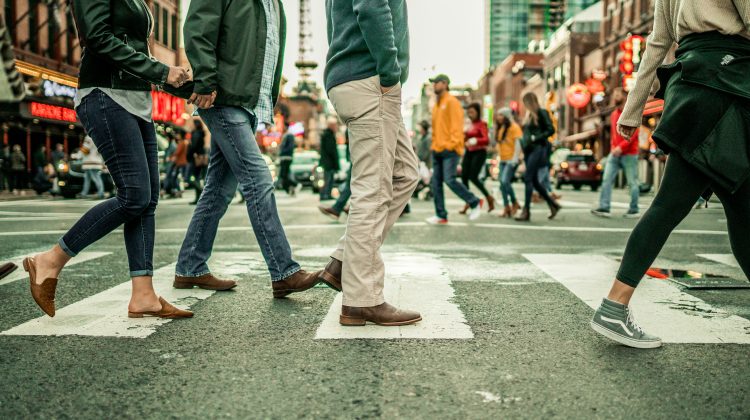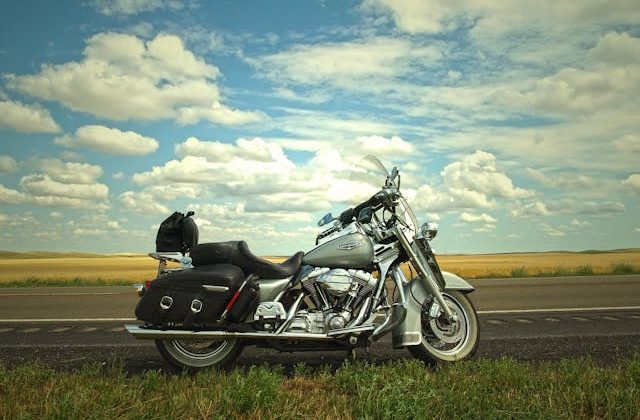Cycling is a great way to stay healthy and be outdoors. Sharing the road with cars and riding on different terrains pose some risks.
Understanding and Preparing for Risks
Bicycle safety involves being aware of and understanding certain risks. It isn’t to scare you off bikes; it is about being aware so that you can cycle with confidence and safety. Take some time to reflect on your cycling skills and the environments where you typically ride.
Do you feel confident in city traffic? On quiet country roads? Each environment comes with its own unique set of challenges. Keeping a journal about your experiences may help you to track concerns and close calls, identifying any trends that allow for skill refinement or other changes. Remember, being prepared is half the battle. Before each ride, do a quick mental check: Are you alert? Is your route planned? Do you have the right gear for the conditions? This brief assessment will significantly help your chances of safety and enjoyment from the experience.
If you’re involved in an accident, it’s important to know how to proceed. An experienced Boulder personal injury lawyer can help you with this.
Gearing Up for Safety
Proper gear is crucial for cycling safety. First off is your helmet. According to the National Highway Traffic Safety Administration (NHTSA), wearing a helmet is the single most effective way to prevent head injury resulting from a bicycle crash.
Quality should not be sacrificed here; buy one that fits well and is certified.
Safety equipment does not just help your head. For more adventurous rides or mountain biking, additional protection can be worn on your body in the form of knee and elbow pads that will both save scrapes and bruises if you do tip over.
Another important factor associated with cycling safety is visibility. Clothes that are bright and reflective can make all the difference in low-light or inclement weather. Add some lights to your bicycle—white up front and red in back. Many jurisdictions require these by law for riding at night, but they’re a good idea anytime you are on the road. Consider adding some reflective tape to your bike frame or even the wheels for greater visibility.
The idea is, whenever you ride, to be as visible as possible to other drivers, pedestrians, and fellow cyclists: the better you are seen, the safer it becomes.
Obeying Rules and Etiquette
Traffic laws are not solely for motorists; they also apply to cyclists. Following these rules will not only keep you safe but will help create mutual respect between cyclists and drivers.
Always come to a complete stop at all red lights and stop signs. Signal your turns, and travel in the same direction as traffic. Be predictable in your movements – sudden swerves or stops confuse drivers and cause accidents. When riding on a road, keep as far to the right as possible, but don’t hug the curb so closely that you risk hitting it.
When riding on shared pathways or trails, remember to call out your approach to pedestrians or other bicycle riders going in your direction. A simple “On your left!” as you approach will help prevent startled reactions and potential collisions.
Learn the specific bicycle laws in your area, as they can vary by location. Some areas may have specific rules about riding on sidewalks, using bike lanes, or required equipment. The Federal Highway Administration provides a comprehensive guide to bicycle and pedestrian legislation.
Maintaining Your Bike and Skills
A well-maintained bicycle is a safe bicycle. Regular maintenance helps prevent unwanted breakdowns that could put you in jeopardy. Get into the habit of running through pre-ride checks before you set off on every bike ride:
- Check that your tires are inflated
- Ensure your brakes are sharp
- Make sure your chain is lubricated
- Verify that all components are secure
Be aware of any unusual noises or sensations as you ride – they may indicate a problem. Learn to do simple jobs like repairing a puncture or adjusting the brakes. For anything more complicated, take your bike to a professional mechanic. This will help keep your bike in good condition and safe on the road.
Training yourself is as essential as keeping your bike in its best form. Consider taking a bicycle safety course or joining a local cycling club—both are great ways to learn new skills and techniques from experienced riders. Practice regularly all the essential skills: signaling, looking over your shoulder without swerving, emergency stopping, etc.
As your abilities become more confident, you’ll be better placed to deal with all types of situations when out on your bike safely. Remember, even experienced cyclists are continually refining their skills and learning new safety techniques.
Planning and Awareness
Before heading out, particularly for any new or long rides, plan your route with safety in mind. Look for roads with bicycle lanes, quiet streets, or cycling paths. Where possible, avoid busy areas or dark roads.
Many cycling apps and websites now incorporate safety features into their route planning tools. These can be valuable in discovering safer alternatives to busy roads, and may even turn up some new, enjoyable cycling routes.
When you’re on the road, staying alert is crucial. Keep an eye out for obstacles in the road, pedestrians suddenly stepping out into traffic, and opening doors or turning vehicles. Avoid possible distractions such as wearing headphones or looking at your phone while riding. Your full attention should always be on the road and your surroundings.
Practice defensive cycling by watching for oncoming dangers and knowing how to avoid them. Be extra cautious when vehicles are leaving driveways, around large vehicles with blind spots, and when road conditions or traffic patterns change suddenly.
Remember: bicycle safety is not just about your protection, but about contributing to a safer environment for all road users. By adopting these guidelines and continuously educating yourself on best practices, you will enjoy the numerous benefits of cycling while keeping risks at a minimum. You are also actively developing a culture of respect and mutual protection with every safe and courteous ride. So gear up, keep alert, and enjoy the ride!





No Comment